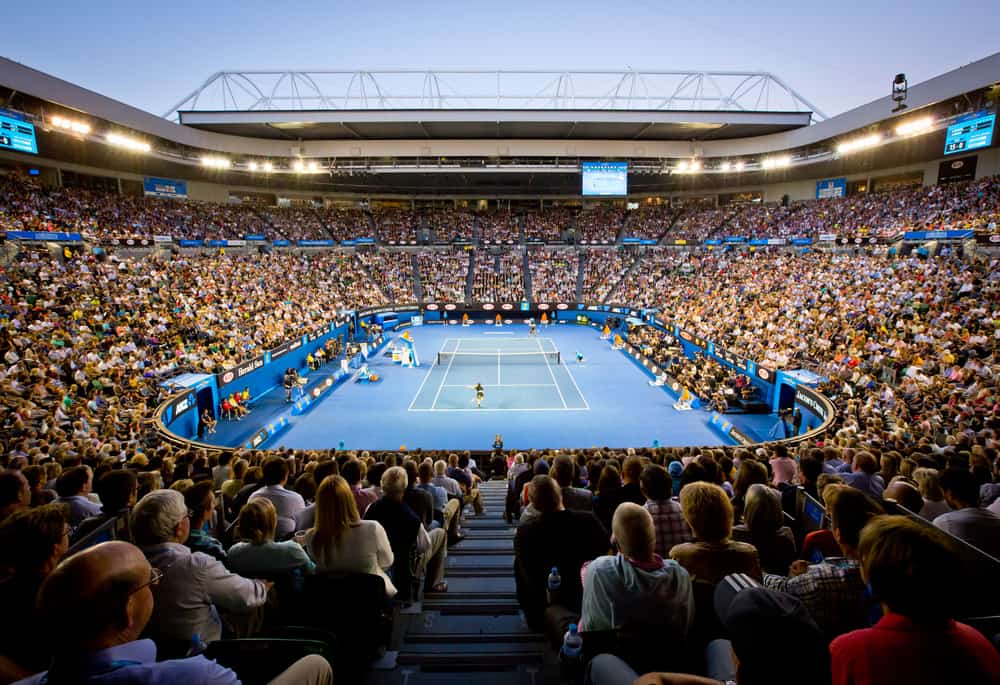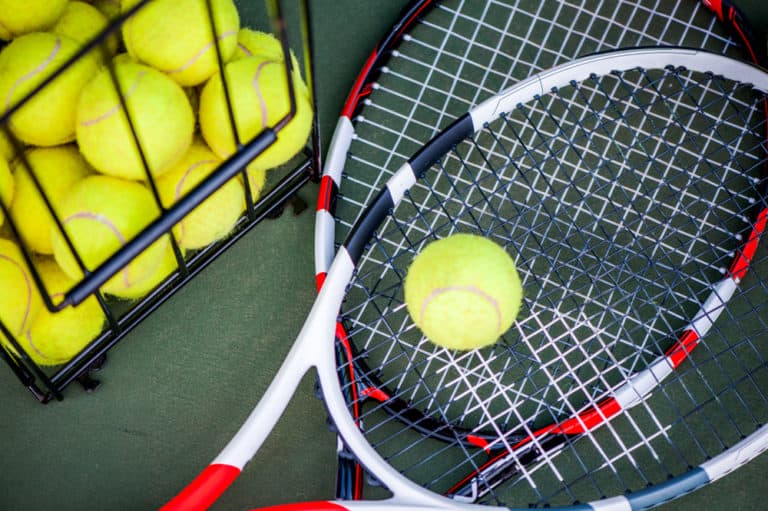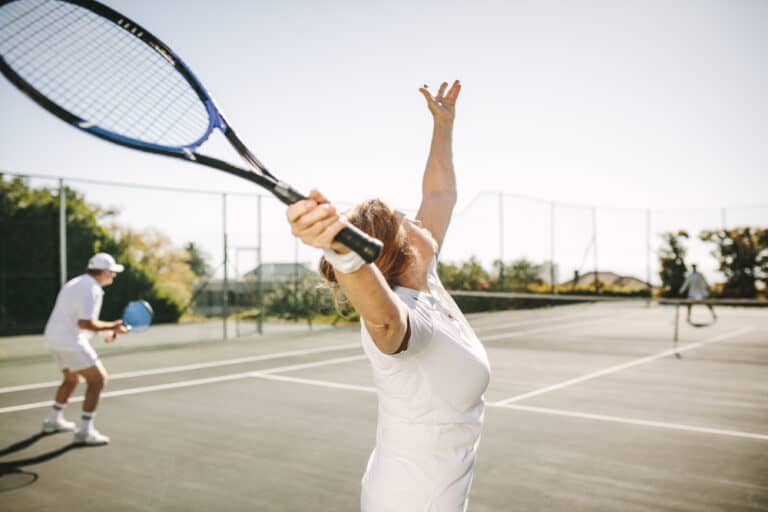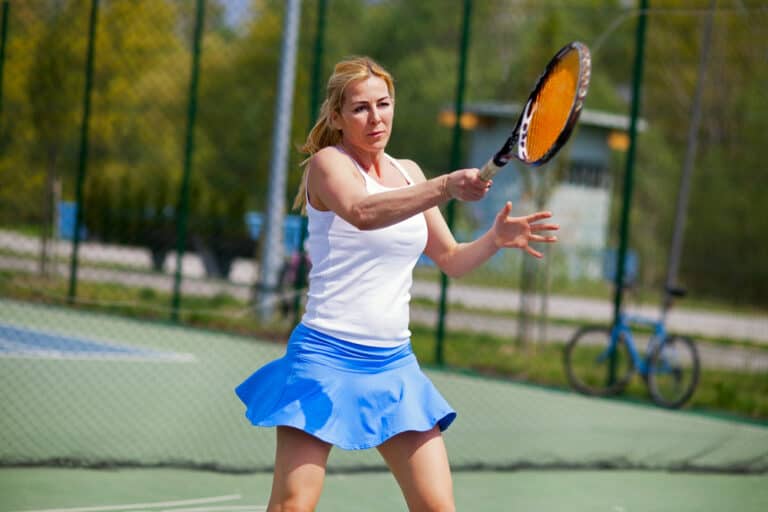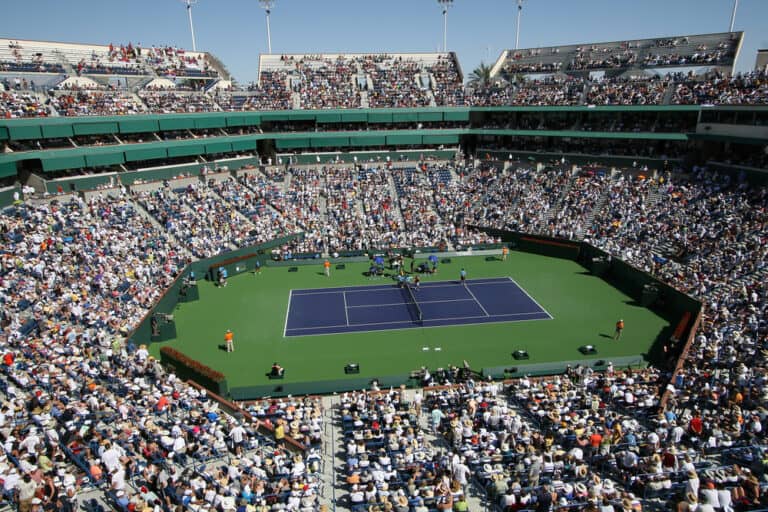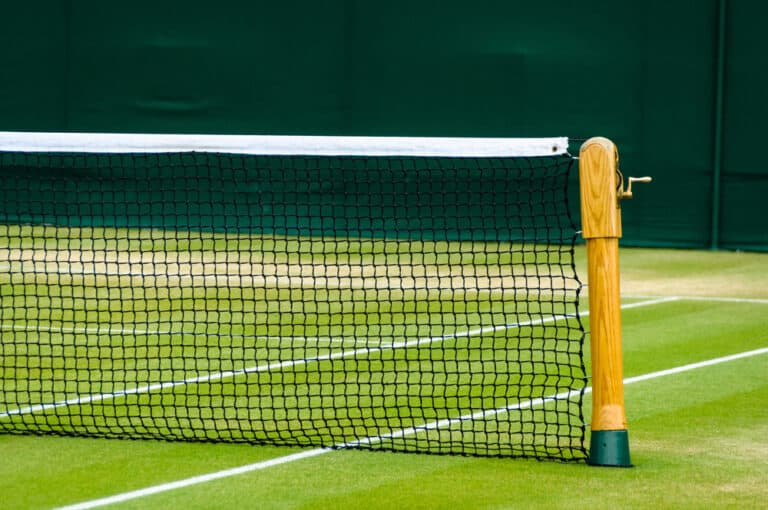Types Of Tennis Courts In Grand Slam
The four Grand Slam tennis tournaments that are held annually represent the pinnacle of the sport, and there is tradition and unparalleled prestige behind each one. The oldest of the four is Wimbledon, which started in 1877, the “newest” being the Australian Open, the history of which began in 1905. Each venue has its own unique court surface, with very different characteristics.
The Australian and US Open tournaments both use hardcourt surfaces, but they differ quite substantially from each other. Wimbledon has retained its famous grass courts, while Roland-Garros, the venue of the French Open, boasts the only clay courts on the Grand Slam circuit.
With the four tournaments being spread across three continents, two hemispheres, and differing seasons, the conditions under which they are played vary from intense heat to cool, rainy weather. The controlling bodies of each venue have made changes to the surfaces over the years to ensure that the tournament they host is of the highest standard for both spectators and players alike.
Grand Slam Venues And Their Tennis Courts
Before looking at the courts and their characteristics, it’s interesting to take a quick look at the concept of the Grand Slam and what it means in the context of tennis.
What Is Grand Slam Tennis?
The term grand slam originates from the card games of bridge and whist. In golf, it is used to describe the feat of winning all four majors, but in tennis, the term has been applied to the four individual tournaments.
The four major tennis tournaments are all over one hundred years old. Wimbledon started in 1877, the US National Championship in 1881, the French Championship ten years later in 1891, and the Australian Championship in 1905.
In 1925 they became the four “Official Championships,” but the term Grand Slam was used for the first time only in the 1930s. The four tournaments are the only events where 128 players are drawn in each category (men’s, women’s, and mixed singles and doubles), meaning six elimination rounds need to be played before reaching the final.
The schedule of Grand Slam tournaments is the same every year. The Australian Open is in late January/early February, followed by the French Open in late May/early June, Wimbledon in late June/early July, and finally, the US Open in late August/early September.
The Australian Open Uses A Hard Court Surface
From 1988 – 2007 the Australian Open was played on Rebound Ace. This cushioned hardcourt surface was replaced in 2008 by a new surface called Plexicushion. This surface offered medium pace, with a lower bounce and less spin than the hardcourt surface at the US Open.
This changed in 2019 when the surface supplier was changed, and Greenset Worldwide took over the role. They continued to use the traditional blue Plexicushion, but it is now much faster and considered by some players to be even faster than Wimbledon.
The faster surface favors the hard-serving, serve-and-volley-player rather than the baseline defensive style of play. Nevertheless, it worked well for Rafael Nadal in 2022, when he won the Australian title for only the second time in his career.
The French Open Is Played On Clay At Roland-Garros
The French Open remains the one Grand Slam event that is played on clay. Well, it’s called clay, but the surface is actually made up of five elements:
- Drainage rock
- Crushed gravel
- Clinker (which is coal residue)
- Crushed white limestone
- Red brick dust
The resultant surface provides a slower pace and a higher bounce than other surfaces. The French Open is the most intensely physical of all the Grand Slam tournaments.
The slow pace negates the advantage for the big-serving players and the serve-and-volley specialists. Rallies tend to be longer than average, and points take longer to win, leading to matches that take more time to compete. With the surface slowing down the ball and magnifying spin, the slice and drop shot are effective shots, so the contest between the players is more one of strategy than strength.
The surface is very changeable, depending on weather conditions. With players using different techniques, such as sliding across the court as opposed to running, the surface is badly affected over the course of the tournament, and players need to adapt.
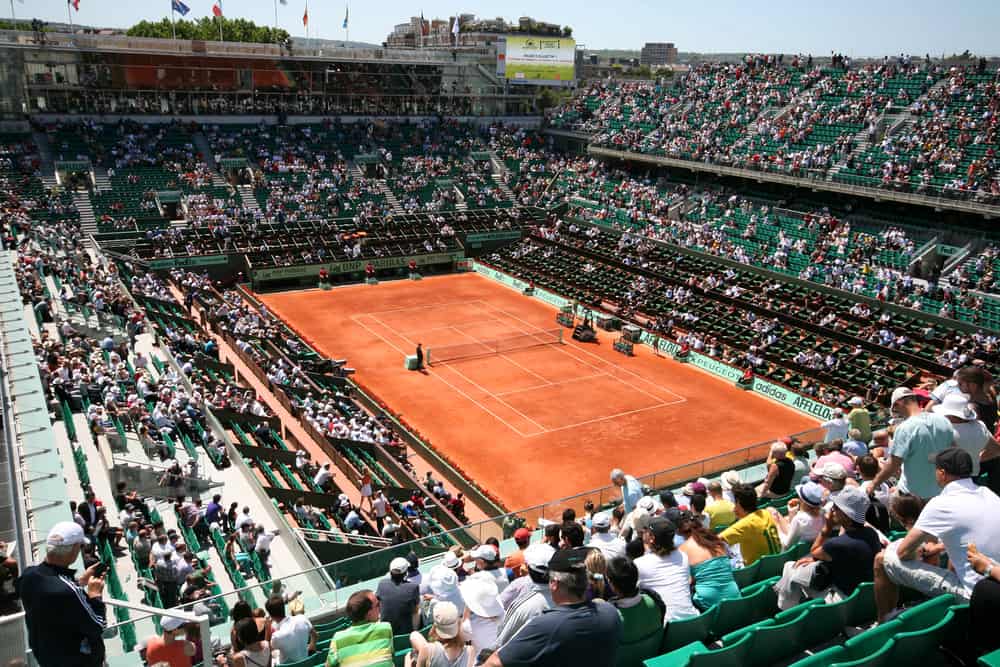
Wimbledon – The Last Remaining Grass Court Grand Slam Event
Fifty years ago, three of the four Grand Slam tournaments were played on grass. Today, Wimbledon, still steeped in tradition, is the only one.
Several changes have brought Wimbledon into the modern era, including changing the grass used for the courts’ surface. In 2001 they were replanted with 100% ryegrass as opposed to the 70% rye/30% creeping red fescue used previously.
The Wimbledon surface is still fast – 15-20% faster than Roland-Garros – but is slower than before. The difference in speed made it very hard for players to adapt, which is why so few have triumphed on both. The exceptions include Rafael Nadal (twice) and Bjorn Borg (three years in a row).
The new Wimbledon surface has made the courts more durable and firmer and has also slowed the game. This has been a positive change, as it has reduced the point-winning power of the big serve and improved the spectacle with more skill than power being displayed by the players.
The US Open – The Last Grand Slam Of The Year
The US Open is the only event to have used all three surfaces in its history – grass, clay, and since 1978, hard court.
From 1978 to 2019, the US Open used a multi-layered cushioned hard court surface called Pro DecoTurf. The change was made for the 2020 US Open, and in March of that year, the contract for supplying the surface was given to Laykold.
The new surface is designed to reduce joint impact on players’ knees and hips, but at the same time, it is the fastest surface on the Grand Slam circuit, exceeding the pace of Wimbledon, according to the supplier. The surface is an acrylic resin over a concrete base. It is designed to retain its characteristics despite changes in heat and humidity on court.
In Closing
From the high-tech surface of Flushing Meadow to the traditional grass of Wimbledon, the courts of the four Grand Slam venues have a massive impact on the game and how it is played. Every tournament has its own unique quality, attracting spectators and television audiences from around the world to enjoy the atmosphere, competition, and skills displayed by the world’s best players.

